A New World of Possibilities
SSCS technology helped Charlie Reichenau increase his enterprise’s profitability by 6 percent, spurring growth that included the addition of three new stores.
This is Part 2 of a two-part profile on Short Stop, an SSCS customer. Click here to read Part 1, which provides an overview of the business, its philosophy, and how Charlie Reichenau carefully grew it over time.
Charlie Reichenau had run a successful convenience store business for almost 40 years without a back office system or a scanning, item-level inventory management solution. He and his management team were no strangers to computerization as they had enjoyed slow, steady growth using a venerable third-party accounting package, but when Reichenau added his seventh store, he knew his business would have to up its technology game if his business were to continue prospering.
“I noticed we were working harder than ever so I started to listen to those that were scanning their stores and processing information with back office software,” explains Richeneau. “It didn’t take hardly any time at all to figure out we had to add automation to most of what we were doing.”
Reichenau talked to the other operators in the business and visited trade shows to visit the booths of the industry’s back office software providers. There he further solicited the opinions of others regarding computerization. His tech-savvy son, Clint, provided perspective, as well.
Before long, Reichenau started to sort out the players in the convenience store technology business. One of them, SSCS, had come up a few times and had gotten good word of mouth from most, including a very convincing argument from one of Short Stop’s biggest competitors.
Then, at a NACS Show a few years ago, Reichenau met two SSCS customers from a large-multi-site operation. They had deep experience with SSCS technology, having used the system for close to 15 years. “They could not recommend SSCS enough and assured us that if we made the decision to buy the software we would be glad we did,” he recalls. “Turns out they were exactly right. Once we were up-and-running we called them back and thanked them for their advice.”
There is a list of reasons that SSCS software—specifically, the Computerized Daily Book (CDB) back office system and its enterprise pricing extension, Central Price Book (CPB)—have turned out to be a good fit for the Short Stop team, opening up a new world of possibilities for what the enterprise could accomplish.
For example, it was easy to set up automated ordering and receiving since, as is the case with so many other vendors, the CDB is compatible with the file formats used by Grocery Supply Company, Short Stop’s main grocery vendor. But if you ask Reichenau where SSCS technology has benefited his enterprise the most, he cites inventory management and pricing control.
“Before SSCS, we took physical inventory at retail, manually converted the values into costs, and from there we tried to figure out our margins,” he says. “Problem was, when we took another inventory we’d almost always find we were thousands of dollars short of where we thought we’d be and we didn’t have anything close to an audit trail to help us figure it out. We couldn’t say for sure if the product was stolen or if the vendor messed up or if we were flat out using the wrong percentage to anticipate margins. By the time we discovered we were short, it was too late to do anything about it.”
Use of the CDB eliminated these kinds of problems. “With SSCS we can view our current inventory by item, look at how each item is priced, and compare our physical inventory counts to our book inventory counts,” Reichenau says. “That takes a lot of the guesswork out of the inventory process. Scanning our store with the hand held device that is part of the CDB’s inventory module, processing it in the CDB, and sending the information out electronically to the register keeps everything current.”
It also ensures the item information resident in the point-of-sale (POS) is consistent with what is stored in the CDB back office, resulting in a savings of time and money that just as importantly improves customer service.
“With SSCS we’ve really cut down on the number of items not found in the register so check out becomes easier for our customers,” states Reichenau. “The cashier doesn’t have to come out from behind the register and find the unknown item on the shelf and hope it has a price on it. Plus if a clerk has a line of people they may choose to guess the price since they don’t want to keep people waiting. Most times in these situations they would guess low because they didn’t want to overcharge the customer. SSCS eliminated that problem while creating a better experience at the front of the store.”
In addition, SSCS inventory control has helped the Short Stop stores reduce employee theft. “You can tell when inventory comes off the shelf but does not pass through as a transaction at the register,” Reichenau says. “Take a case where, say, 20 cartons of Marlboros have left the shelf but only 18 of them are recorded at the POS. Previously, there was no way, for sure, to figure out where the other two went. With SSCS, we can see that we’ve done our part getting it into inventory meaning there must be some other reason for the items’ disappearance.”
Scanning inventory and sending it out to the register also makes it easier to keep up with prices in all stores, although the lion’s share of Short Stop’s pricing management and control comes from the use of SSCS’s Central Price Book application working together with item level inventory processing. The system makes it possible to maintain a disciplined approach to pricing, which translates into added profitability.
“Before I bought SSCS software we had a really tough time keeping our pricing consistent throughout our stores,” Reichenau reveals. “I remember one day I had a cigarette rep in. We were going over contracts and when we called the stores to check on pricing we found we had five different stores charging five different prices for cigarettes.”
With Central Price Book, those problems have become a thing of the past. Short Stop’s pricing manager uses the software to monitor pricing activity across all stores and take appropriate action when necessary, keeping pricing up to date and margins acceptable. “We have pricing zones based on our competitive markets and keeping up with changes got to be a chore as we added more stores,” says Reichenau. “I used to hate the time of year when all the beer prices went up because it would take a week to change the prices in that one department. Now our pricing manager can get out updated group pricing in a matter of minutes.”
The management of pricing promotions, temporary discounts on selected items throughout the store with a specific end time, is another major area where Central Price Book helps Short Stop make more money. “We don’t have to rely on our memories anymore—we can set up the software so that the promotion ends when it is supposed to end and the items revert to their original price without manual intervention,” explains Reichenau. “That way we can avoid, for example, offering beer at our special price two weeks after the deal is off.”
SSCS has had such a great beneficial impact on Short Stop that after taking over three decades to grow to seven stores, in the few years since SSCS has been installed, Reichenau has added three sites and plans to open two more.
“We noticed almost immediately that each time we put SSCS technology in a store, our profitability went up,” adds Reichenau. “In two years our profitability per store jumped from 18 percent to 25 percent. Even with the capital expenditures in which I had to invest, which included buying new POS systems, the return on investment has been so strong that when I see a decent opportunity to open a new store, I have to look at it seriously. We’re advancing the business a lot faster. SSCS put us in a great position to compete now and in the future.”
Though technology has transformed his enterprise for the better, Reichenau is quick to point out that the initial decision was anything but easy.
“I had used the same accounting program since 1980, I didn’t want to change, and my office manager was real nervous about it,” he notes. “But she got over that fear really quickly and loves SSCS, especially the technical support line. She gets to talk to real people that are patient and helpful. Just this morning she ran into a problem she didn’t know how to solve and wrestled with it for hours. She called SSCS support and got her problem solved in five minutes. I tell anybody that’s worried about computerization or changing technology that SSCS makes the transition really easy. The company’s people are every bit as impressive as its technology. We’re doing so well I wish I would have made the move ten years sooner.”


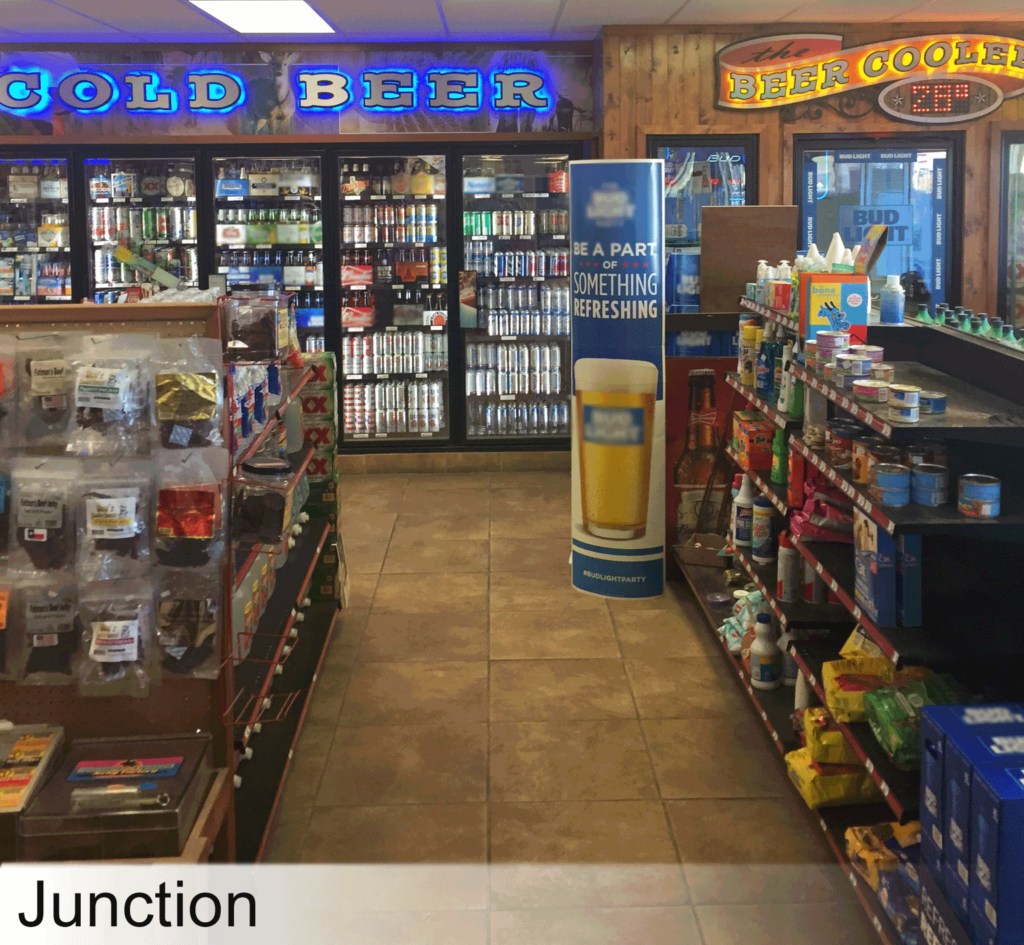
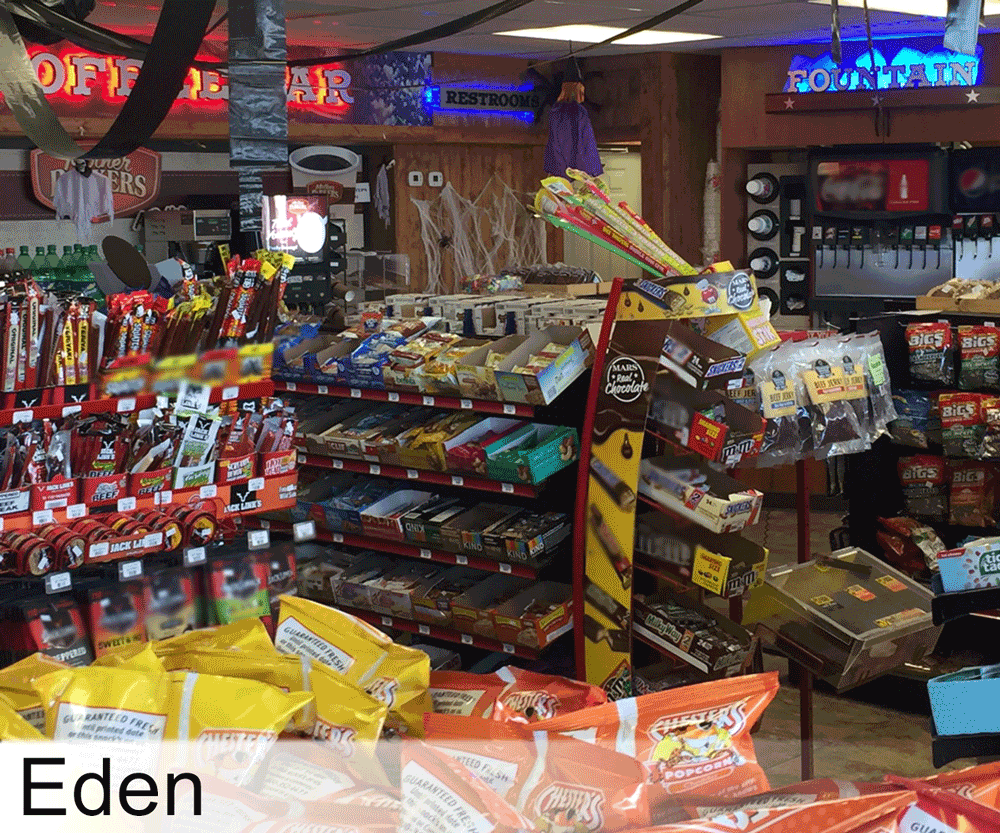
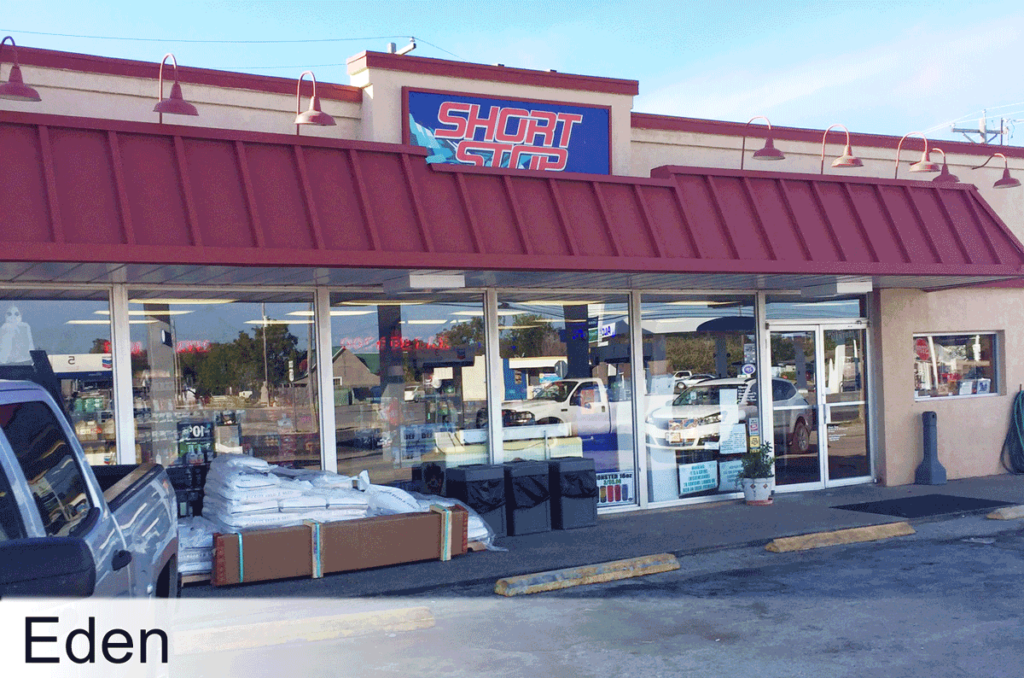
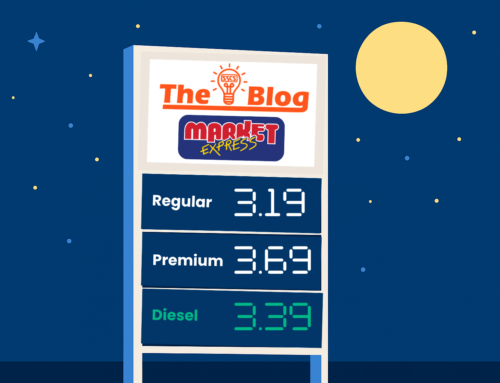


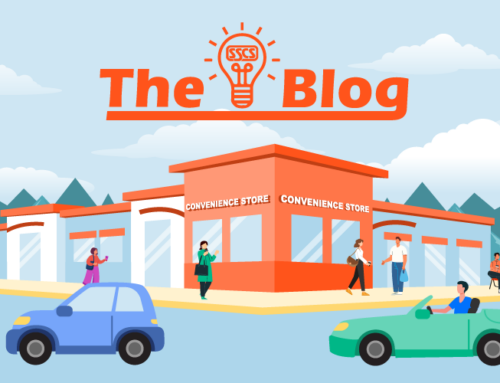
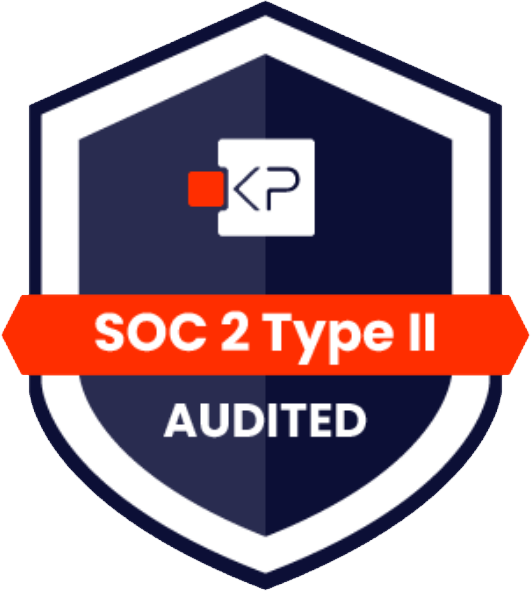
Leave A Comment